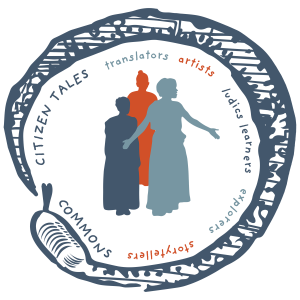Movement Impairment After Stroke
Stroke is one of the most prevalent neurological disorders, with about 800,000 people in the US having one every year. A common outcome of stroke is loss of motor function. This is often referred to as hemiparesis – from the Greek hemi, meaning half, and paresis, to let go – weakness that is focused on one side of the body. Hemiparesis presents not with a monolithic phenotype, but comprises different signs that may have distinct emergence and recovery timelines, and the relative severity of each sign may differ from one patient to the next. Typical signs include weakness, loss of dexterity, and the appearance of intrusive motor patterns such as abnormal muscle synergies, abnormal resting postures, and spasticity.
Alkis Hadjiosif is a Postdoctoral Research Associate with the John A. Paulson School of Engineering and Applied Sciences at Harvard University. Before that, he studied Electrical and Computer Engineering at the National Technical University of Athens, Greece, and completed a PhD in Bioengineering at Harvard University, followed by a postdoctoral fellowship at Johns Hopkins University. His research tries to understand how the brain controls movement and learns motor skills. To that end, he studies motor control and motor learning in both healthy populations and patients with neurological disease such as stroke or cerebellar degeneration, using tools like behavioral paradigms and computational models. For more information, please email us at citizentalescommons@gmail
SATURDAY, JANURY 20, 2024, 12:00 PM-1:30 PM ET (US & CANADA)
Join Zoom
Meeting ID: 948 1966 9637
Passcode: 596558
https://zoom.us/j/94819669637?pwd=bWZ1QzBqMCt3WlFKTXlCT2VhWWZ3dz09
Moderators: Katerina Triantafyllou & Valentino Dardas
For more information, please email us at citizentalescommons@gmail.com
